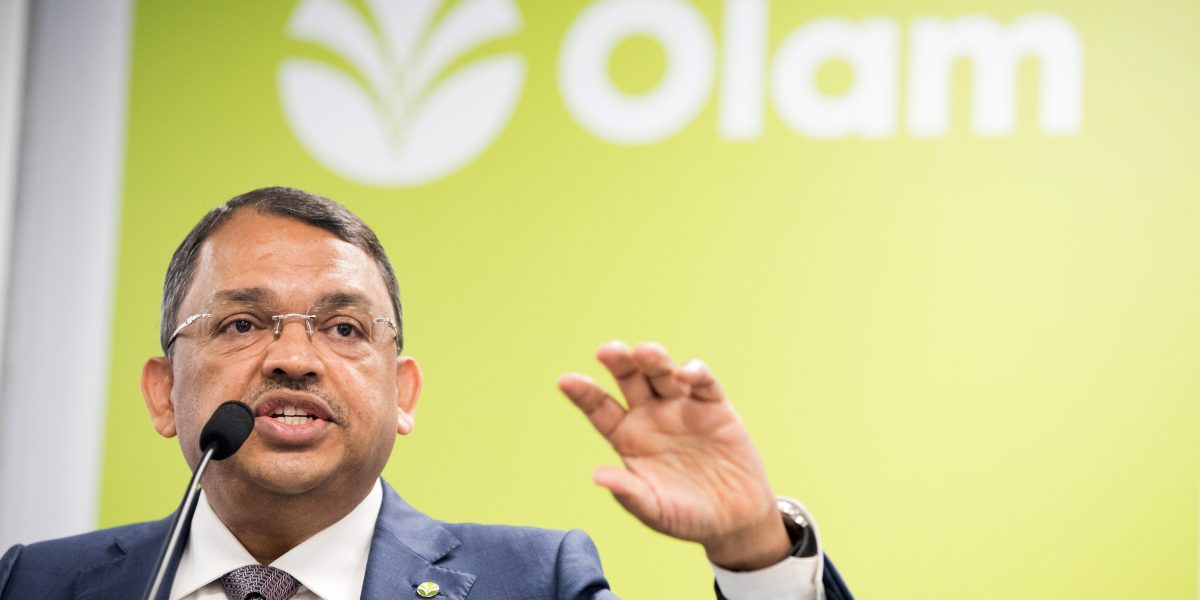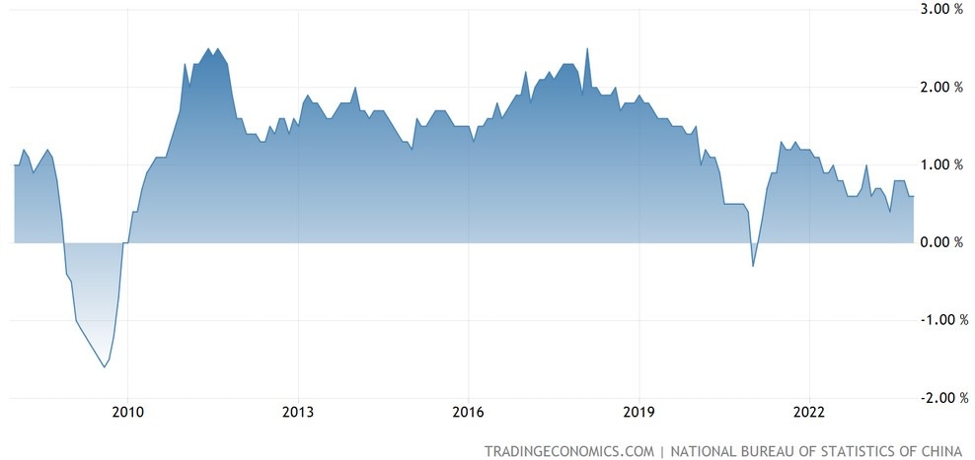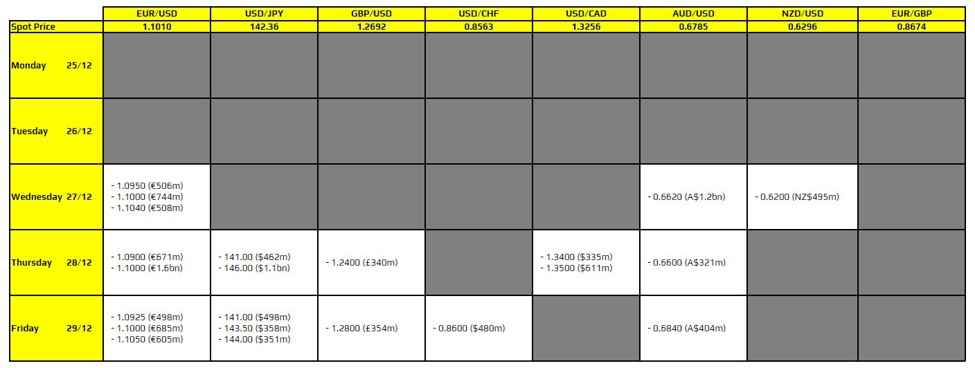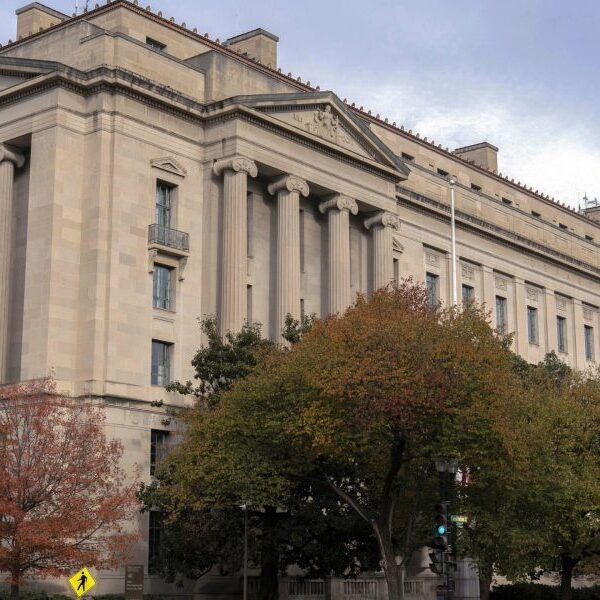EUR/USD had been struggling to secure a firm break above 1.0500 since last month but may be looking at that now. The chart is certainly getting very interesting as we digest the results of the German election over the weekend.
EUR/USD daily chart
There’s no major upset per se as Friedrich Merz’s CDU/CSU alliance can celebrate, securing ~28.5% of the vote. That puts them well in position to lead the next government.
The far-right also made waves, with the AfD party securing ~20.8% of the vote. That’s a record for them and roughly double their support from the previous election.
The biggest loser? That goes to current chancellor Olaf Scholz’s SPD as they lost a huge chunk of support to end with roughly ~16.4% of the vote. That is the worst result by the faction in a federal election. Ouch. The Greens are the other notable standout, securing ~11.6% of the vote but also down slightly from their previous showing.
So, how does this all matter to the euro?
Well, it’s all about negotiating a coalition now to form the next government in Germany. Merz’s conservatives are not going to team up with the far-right obviously, so that leaves only the SPD and Greens as potential coalition partners.
The classic will be a CDU/CSU and SPD coalition but given the latter’s limp showing, Merz might be looking for something more appealing. And if so, that means calling on the Greens to join in as well. That being said, that will require quite a bit of compromise from all parties involved.
One key thing to be mindful about when viewing the coalition is their respective views n the German debt brake.
That’s the fiscal rule that limits the government’s deficit and prohibits federal states from incurring new debt. It’s largely a rule placed to ensure fiscal discipline for the most part.
So, the CDU/CSU alliance are in favour of maintaining the debt brake. They view it as a crucial mechanism to ensure fiscal responsibility. As for the SPD, there is some divide with some lawmakers wanting a reform or for it to be suspended temporarily (as it was during the Covid pandemic) to allow for increased spending. And lastly, the Greens have long been calling for a reform of the debt brake in order to push for investments into environmental sustainability and infrastructure.
If you put everything together, there is no one size that fits all. As such, there is a compromise that needs to be struck.
But if Merz wants support from the other parties, he will have to find some willingness to give a little. So, that could be what markets are hoping will happen.
If the debt brake is changed or relaxed, that means a stronger push for more investment into infrastructure and green energy for starters. Increased government spending will bolster growth and is a good thing for businesses as well, helping to boost the outlook for the German economy.
The only issue is there will be some making a fuss about rising debt concerns. But I would argue that with Germany holding one of the lowest debt-to-GDP ratios in the Eurozone, it isn’t going to be a major problem really. At least not in the short-term.
In essence, the pros outweigh the cons, especially when you consider the backdrop that the German economy itself is already in a torrid state since last year. So, this gives some hope that things might turn out for the better.
Circling back to the EUR/USD chart above, it looks like buyers are keeping poised in search of an upside breakout above 1.0500. But is it coming a little too slowly and too late?
Even with a break from here, there is stern resistance right off the bat from the 100-day moving average (red line). The key level is seen at 1.0547 currently.
That means buyers will have to really do a lot more to convince of a stronger break higher, with the push above 1.0500 being just a starting point. There also needs to be a strong follow through to break the 100-day moving average for this to turn into a stronger trend beyond this week.















